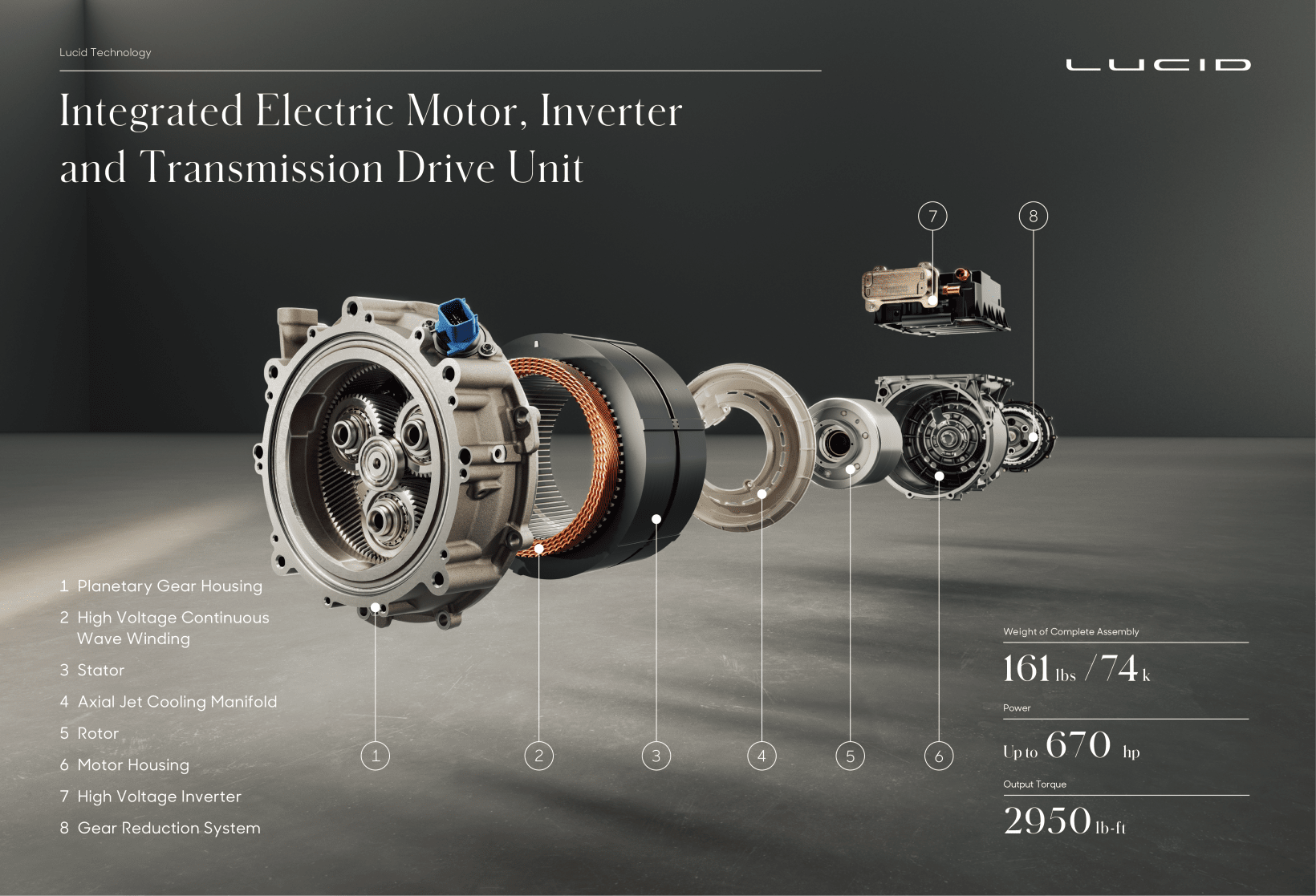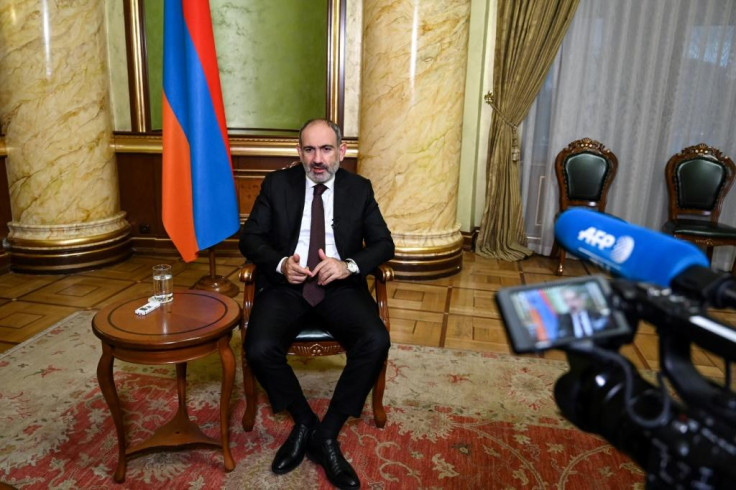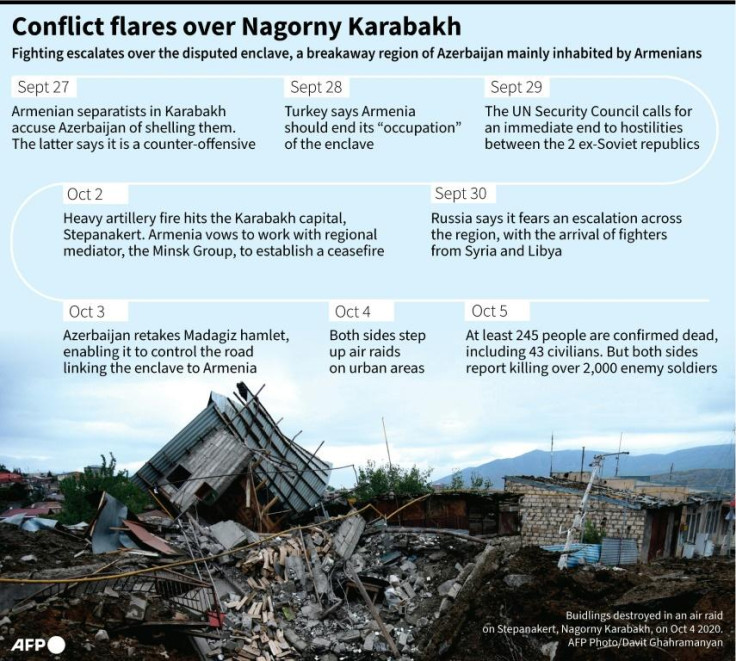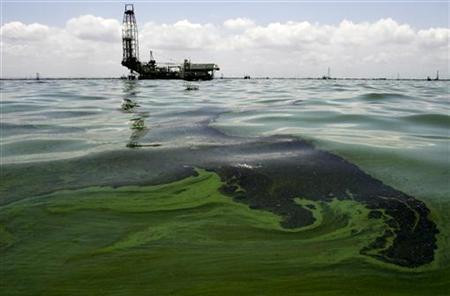October 10, 2020 By Common Dreams

Australian white supremacist Brenton Tarrant at the Christchurch court
JOHN KIRK-ANDERSON POOL/AFP
Australian researchers published a study this week mapping the online activity of right-wing extremists in New South Wales, concluding such individuals—many of them inspired by U.S. President Donald Trump—pose an “insidious” threat to the country’s democracy.
The study, Mapping Networks and Narratives of Online Right-Wing Extremists in New South Wales, was conducted by researchers at Macquarie University and Victoria University, who analyzed the Facebook pages of 30 extreme right-wing groups and tens of thousands of tweets from over 3,300 users in the southeastern state.
New study published today warns that U.S.-inspired rightwing extremism is a “creeping threat” in Australia. This highlights the continued internalization of the right-wing extremist threat via online networks: https://t.co/oTPe6K6v1S pic.twitter.com/W2XIjcG7eM
— CEP (@FightExtremism) October 9, 2020
The researchers found that on numerous social media platforms—including Facebook, Twitter, Reddit, Gab, 4chan, and 8chan/kun—communities of mostly young men are uniting over “the theme of white identity under threat.”
Anti-semitism, Islamophobia, and far-right conspiracy theories like QAnon are common narratives used to engage and recruit young men into extremist groups, the study found. Trump plays a significant role in the conversation, according to Macquarie University researcher Julian Droogan.
“Trump is really held up as an example of a defender of white identity by many in this extreme subculture,” Droogan told The Guardian. “However, we also see it being presented in a distinctly Australian way.”
Trump's refusal to disavow white supremacy should come as a warning to Australia where no right-wing extremists groups are listed on the terrorism register. https://t.co/fnIPNY5EGW #USA #auspol #rightwingextremism #politics
— Maya Borom (@samayaborom) October 4, 2020
The researchers found that right-wing extremism fueled by social media poses a serious threat to Australian democracy.
“The propagation of extremist narratives online serves to polarize political debate, and to undermine trust in institutions and democracy,” the study asserts. “Social media is playing a key role in the rise of right-wing violent extremism.”
As an example, the authors cite the Christchurch terror attack, in which a Trump-supporting Australian white supremacist livestreamed his massacre of 51 Muslims worshipping in a New Zealand mosque last March
The researchers call on Australian leaders to work to safeguard the nation’s political system “from these very insidious and ongoing threats.”
Right-wing extremism and white supremacist ideologies attack our values and are a danger to democracies everywhere.
We need to face right-wing extremism squarely, name it, confront it, and reject it.
A thread

— Kristina Keneally (@KKeneally) October 1, 2020
The rise in right-wing extremism is reflected in statements from the Australian Security and Intelligence Organisation, Australia’s domestic spy agency, which recently revealed that up to 40% of its counter-terrorism cases now involve far-right extremism.
Australian researchers published a study this week mapping the online activity of right-wing extremists in New South Wales, concluding such individuals—many of them inspired by U.S. President Donald Trump—pose an “insidious” threat to the country’s democracy.
The study, Mapping Networks and Narratives of Online Right-Wing Extremists in New South Wales, was conducted by researchers at Macquarie University and Victoria University, who analyzed the Facebook pages of 30 extreme right-wing groups and tens of thousands of tweets from over 3,300 users in the southeastern state.
New study published today warns that U.S.-inspired rightwing extremism is a “creeping threat” in Australia. This highlights the continued internalization of the right-wing extremist threat via online networks: https://t.co/oTPe6K6v1S pic.twitter.com/W2XIjcG7eM
— CEP (@FightExtremism) October 9, 2020
The researchers found that on numerous social media platforms—including Facebook, Twitter, Reddit, Gab, 4chan, and 8chan/kun—communities of mostly young men are uniting over “the theme of white identity under threat.”
Anti-semitism, Islamophobia, and far-right conspiracy theories like QAnon are common narratives used to engage and recruit young men into extremist groups, the study found. Trump plays a significant role in the conversation, according to Macquarie University researcher Julian Droogan.
“Trump is really held up as an example of a defender of white identity by many in this extreme subculture,” Droogan told The Guardian. “However, we also see it being presented in a distinctly Australian way.”
Trump's refusal to disavow white supremacy should come as a warning to Australia where no right-wing extremists groups are listed on the terrorism register. https://t.co/fnIPNY5EGW #USA #auspol #rightwingextremism #politics
— Maya Borom (@samayaborom) October 4, 2020
The researchers found that right-wing extremism fueled by social media poses a serious threat to Australian democracy.
“The propagation of extremist narratives online serves to polarize political debate, and to undermine trust in institutions and democracy,” the study asserts. “Social media is playing a key role in the rise of right-wing violent extremism.”
As an example, the authors cite the Christchurch terror attack, in which a Trump-supporting Australian white supremacist livestreamed his massacre of 51 Muslims worshipping in a New Zealand mosque last March
The researchers call on Australian leaders to work to safeguard the nation’s political system “from these very insidious and ongoing threats.”
Right-wing extremism and white supremacist ideologies attack our values and are a danger to democracies everywhere.
We need to face right-wing extremism squarely, name it, confront it, and reject it.
A thread


— Kristina Keneally (@KKeneally) October 1, 2020
The rise in right-wing extremism is reflected in statements from the Australian Security and Intelligence Organisation, Australia’s domestic spy agency, which recently revealed that up to 40% of its counter-terrorism cases now involve far-right extremism.


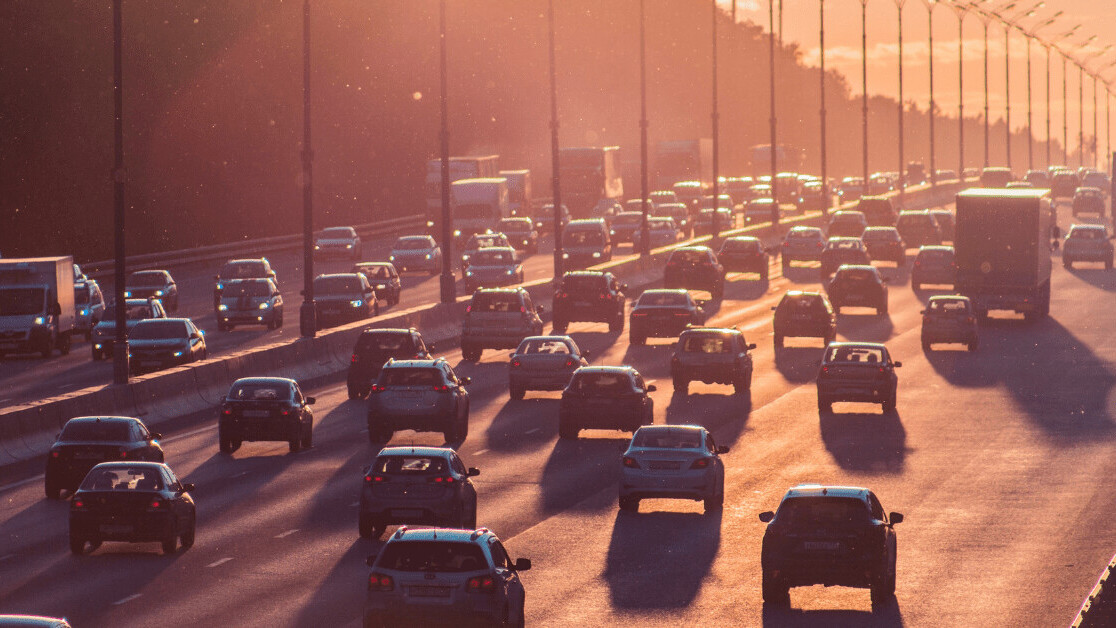

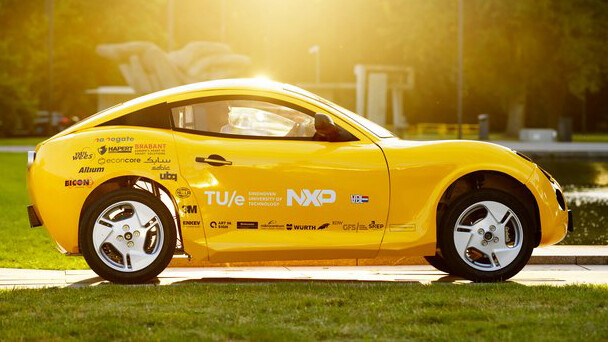


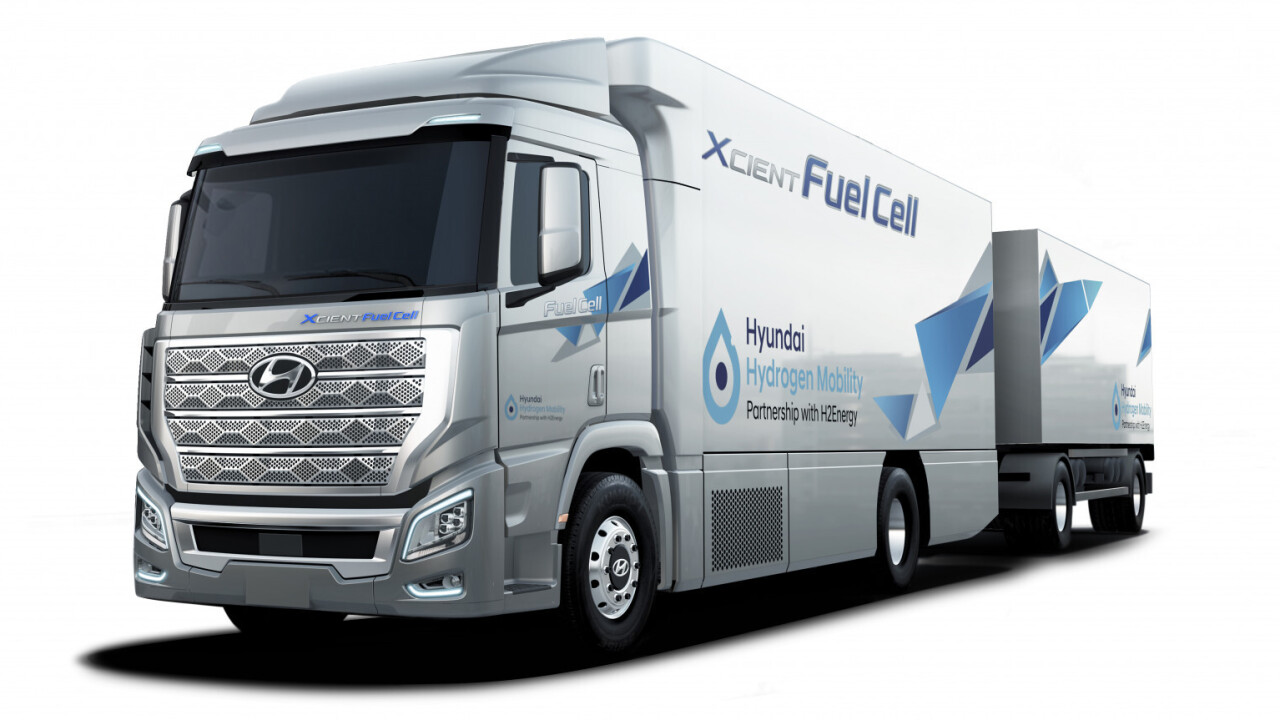

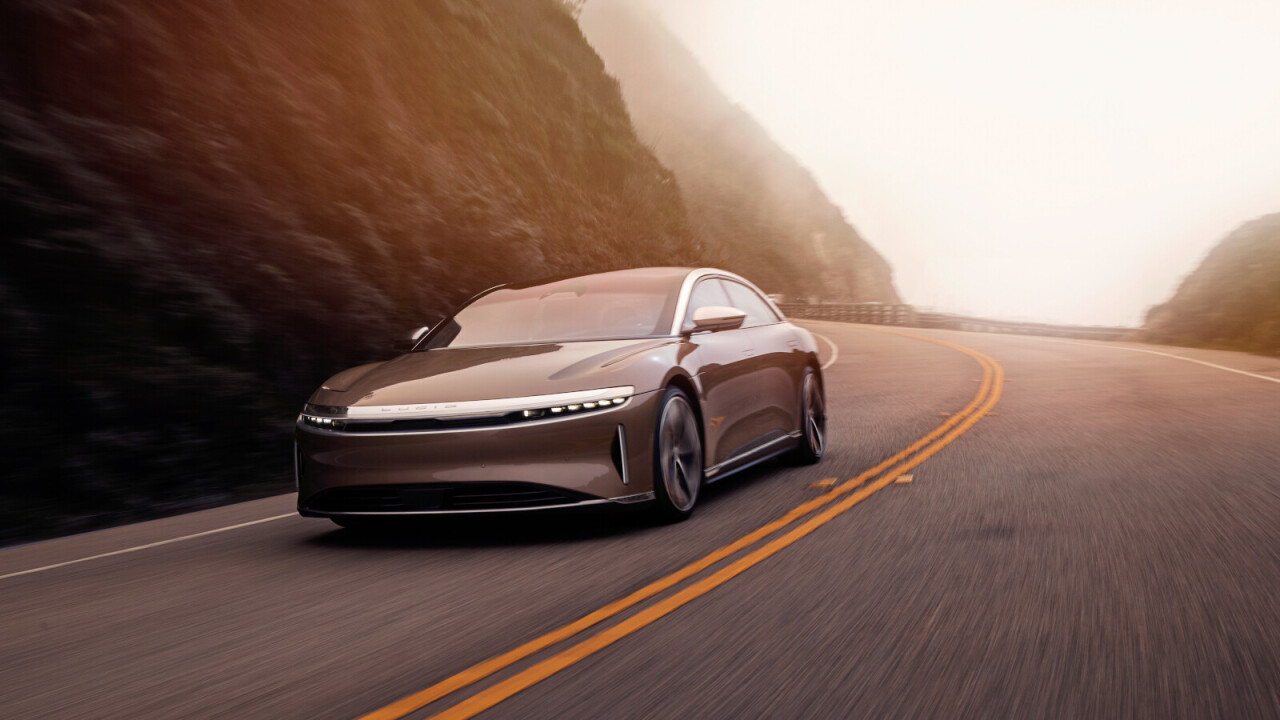


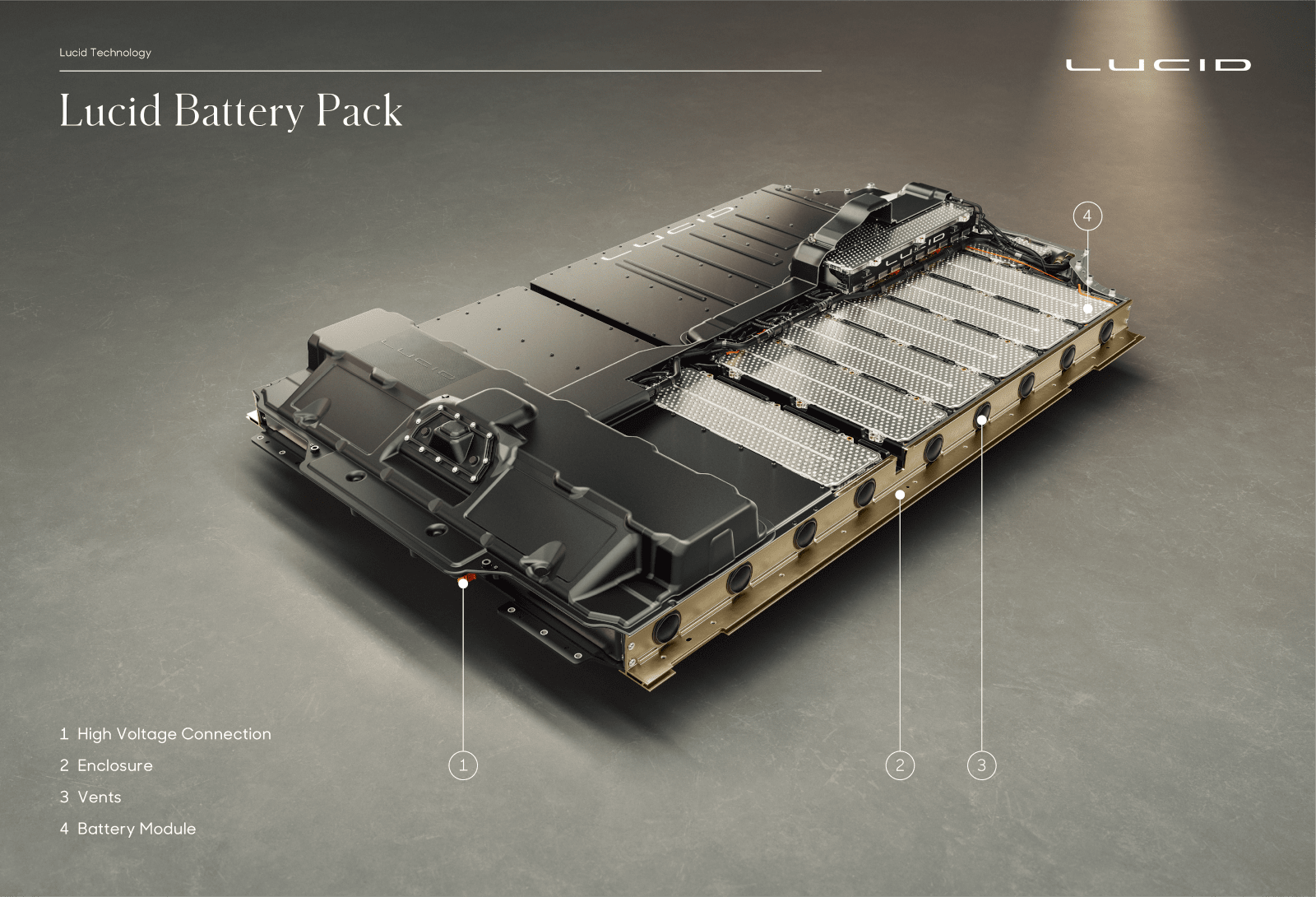
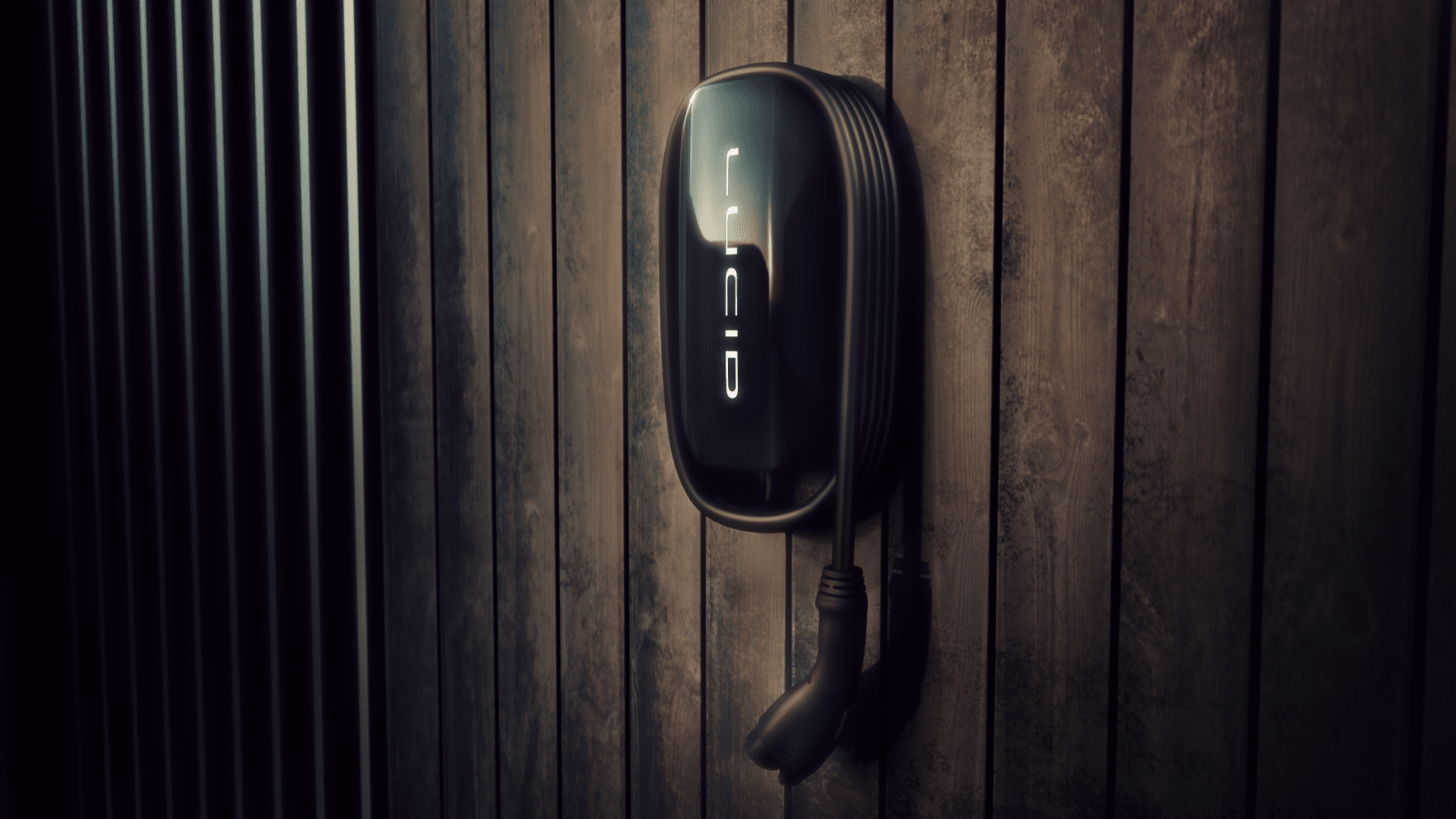 Credit: Lucid Motors
Credit: Lucid Motors Credit: Lucid Motors
Credit: Lucid Motors Credit: Lucid Motors
Credit: Lucid Motors